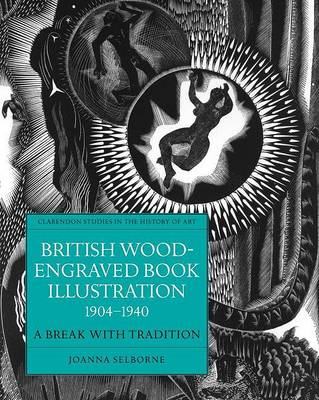Clarendon Studies in the History of Art S.
1 primary work
Book 19
British wood-engraved book illustration from the beginning of the century until the beginning of the Second World War were among the most versatile and inventive of the graphic arts. In a climate of typographical renaissance, various wood-engravers made a significant impact on the appearance of the printed page, transforming good books into works of art and influencing modern standards of book production. This book reveals the methods by which these pioneering artists broke with 19th-century illustrative practices. The author surveys the subject in relation to the cultural and historical background, and within the context of mainstream developments in the visual arts, placing emphasis on the working relationship of illustrators with both private presses and commercial publishers. Detailed study of unpublished material, including art school records, publishers' and print societies' archives, and artists' correspondence, throws new light on the work and practices of the more innovative wood engravers. This book is intended for art historians, book-illustrators, specialists in printmaking and graphic art, curators of museum print departments
